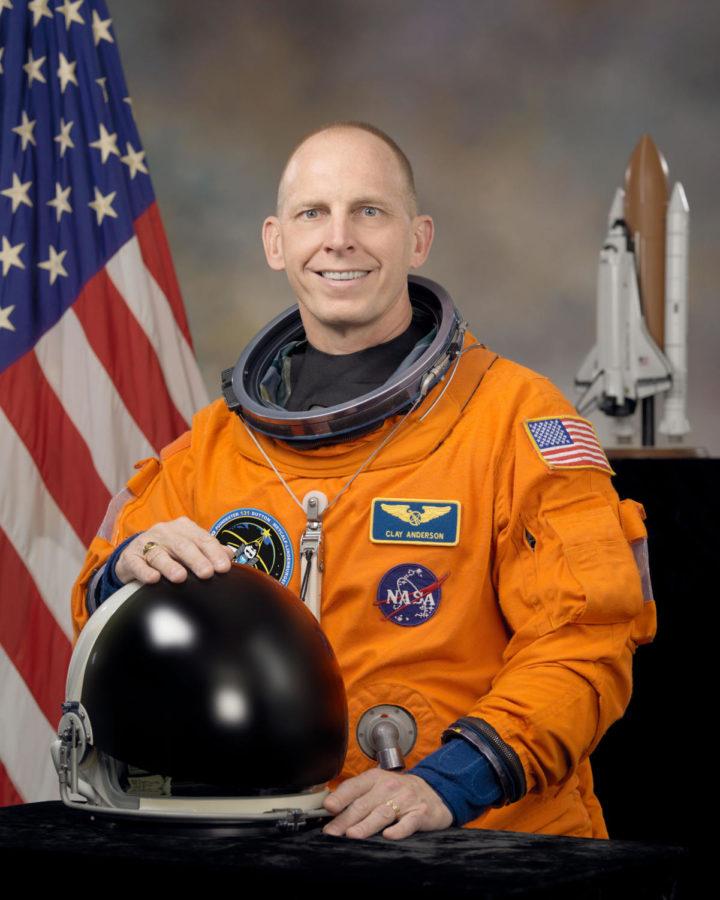Iowa State gains astronaut professor in Clayton Anderson
Clayton Anderson
October 25, 2013
Iowa State has recently gained its very own astronaut.
Clayton Anderson, a NASA astronaut and alumnus of Iowa State, has joined the aerospace engineering department as a distinguished faculty fellow. He will do several things for the university, including teaching freshmen and working with graduate students.
He is co-teaching Aerospace Engineering 160 with Richard Wlezien, professor and chairman of aerospace engineering. Wlezien said he believes it is vital for students to be able to meet someone with Anderson’s experience.
“I can only talk as someone who’s never done any of this stuff, and he knows the challenges. He knows what the students have to learn,” Wlezien said. “If someone has aspirations to be an astronaut someday, he could tell them the things they need to be concerned about. A lot of what we’re trying to bring to our students now is beyond just the textbook stuff.”
Anderson understands the work required to become an astronaut. He said he first wanted to become an astronaut when he was 8 years old, when the Apollo 8 astronauts went behind the moon on Christmas Eve of 1968.
As an undergraduate he got an internship in Houston with the Johnson Space Center and NASA. That became a second internship, which turned into full employment in 1983.
He worked in the Mission Planning and Analysis Division, Missions Operations Directorate and managed the center’s emergency operations center. He applied to be an astronaut every year.
“After 15 years and 15 applications, I was selected on my 15th try — which is a record, I understand,” Anderson said. “I was a member of the class of 1998, and it took me another nine years to fly in space. So it was a rather long and fortuitous ride. There were hard parts, but as you look back on it, it was all invigorating and quite fun.”
His first mission was spending five months aboard the International Space Station in 2007. His next mission, in April 2010, involved dropping off 27,000 pounds of supplies and equipment.
Now, Anderson has accumulated 167 days in space, with more than 38 hours of extravehicular activity, or spacewalks.
He said his goal at Iowa State is to help students achieve their dreams — whatever those dreams might be.
“I was always told to dream and work hard, and you never know what can happen,” Anderson said. “So I want to give some of that back to the kids and instill in them that dreams can come true with hard work and dedication.”
Anderson believes it is very important for the country to invest in space travel.
“The Apollo program paid $7 back for every dollar invested by the taxpayer,” Anderson said.
Anderson said he does not know the exact numbers today but that as a taxpayer, investing into the U.S. space program is a good bet.
“Overall, the impacts of development, research and the things that happen along the way to get humans to the space station, or the moon, or Mars, will benefit all of humankind,” Anderson said. “Everyone has a cellphone; everyone has tennis shoes; and everybody drills with portable batteries. All those things came from Apollo.”
Wlezien said the university’s goal is to inspire students.
“The whole purpose of this freshmen class is to get them excited about what they’re doing, because both of us agree that we’re in the most exciting field on Earth,” Wlezien said.
“Or off [Earth],” Anderson added.

















